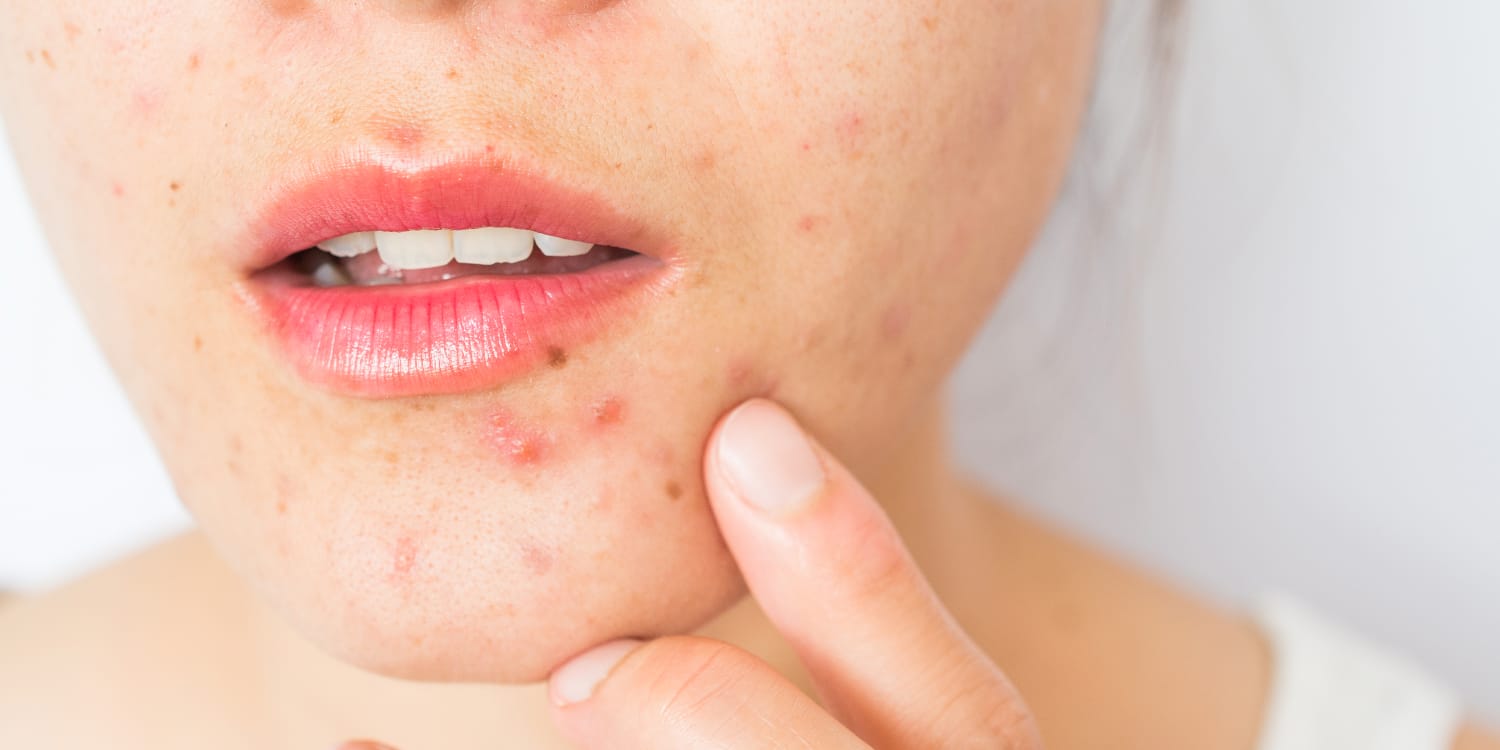
Cystic acne can be a real pain, literally and emotionally. This severe form of acne goes beyond the occasional pimple, causing deep, inflamed breakouts that can leave scars. But what exactly is cystic acne? Cystic acne is a type of acne that forms when oil and dead skin cells clog hair follicles, leading to infection and swelling. Unlike regular pimples, these cysts are larger, more painful, and can linger for weeks. They often appear on the face, chest, back, and shoulders. Understanding the causes, symptoms, and treatments can help manage this stubborn skin condition. Ready to learn more? Let's dive into 50 facts about cystic acne that will help you tackle it head-on.
What is Cystic Acne?
Cystic acne is a severe form of acne that occurs when cysts form beneath the skin. It is often painful and can lead to scarring. Understanding this condition can help in managing it better.
- Cystic acne is the most severe type of acne.
- It forms deep within the skin, unlike regular pimples.
- Hormonal changes often trigger cystic acne.
- Teenagers and young adults are most commonly affected.
- It can occur on the face, chest, back, and shoulders.
Causes of Cystic Acne
Several factors contribute to the development of cystic acne. Knowing these can help in prevention and treatment.
- Excess oil production clogs pores, leading to cystic acne.
- Bacteria trapped in hair follicles can cause inflammation.
- Hormonal imbalances, especially during puberty, play a significant role.
- Stress can exacerbate cystic acne.
- Certain medications, like corticosteroids, may trigger it.
Symptoms of Cystic Acne
Recognizing the symptoms early can lead to more effective treatment. Here are some common signs.
- Large, painful bumps under the skin.
- Redness and swelling around the affected area.
- Pus-filled cysts that may ooze.
- Scarring and dark spots after the cysts heal.
- Tenderness and pain in the affected areas.
Treatment Options for Cystic Acne
Various treatments can help manage cystic acne. Some are over-the-counter, while others require a prescription.
- Topical retinoids can help unclog pores.
- Oral antibiotics reduce inflammation and bacteria.
- Birth control pills may regulate hormones in women.
- Isotretinoin, a powerful medication, treats severe cases.
- Corticosteroid injections can reduce inflammation quickly.
Home Remedies for Cystic Acne
While medical treatments are effective, some home remedies can also provide relief.
- Applying ice can reduce swelling and pain.
- Tea tree oil has antibacterial properties.
- Honey and cinnamon masks may help reduce bacteria.
- Apple cider vinegar can balance skin pH.
- Aloe vera soothes and heals the skin.
Myths About Cystic Acne
Many misconceptions surround cystic acne. Clearing these up can help in better management.
- Myth: Cystic acne is caused by poor hygiene.
- Myth: Only teenagers get cystic acne.
- Myth: Popping cysts will make them go away faster.
- Myth: Sun exposure can cure cystic acne.
- Myth: Diet has no impact on cystic acne.
Impact of Cystic Acne on Mental Health
Cystic acne can affect more than just the skin. It can have a significant impact on mental well-being.
- It can lead to low self-esteem and confidence.
- Social anxiety is common among those with severe acne.
- Depression can result from chronic cystic acne.
- Emotional stress can worsen the condition.
- Support groups and therapy can be beneficial.
Preventing Cystic Acne
Prevention is always better than cure. Here are some tips to help prevent cystic acne.
- Maintain a regular skincare routine.
- Avoid heavy, oily makeup.
- Keep hair clean and away from the face.
- Eat a balanced diet rich in fruits and vegetables.
- Manage stress through relaxation techniques.
Long-term Effects of Cystic Acne
Understanding the long-term effects can help in seeking timely treatment.
- Scarring is a common long-term effect.
- Hyperpigmentation can occur after cysts heal.
- Skin texture may become uneven.
- Chronic cystic acne can lead to permanent skin damage.
- Early treatment can minimize long-term effects.
Seeking Professional Help for Cystic Acne
When home remedies and over-the-counter treatments aren't enough, professional help is necessary.
- Dermatologists can provide specialized treatments.
- Laser therapy can reduce scars and inflammation.
- Chemical peels help in skin regeneration.
- Blue light therapy targets acne-causing bacteria.
- Regular follow-ups with a dermatologist ensure effective management.
Final Thoughts on Cystic Acne
Cystic acne can be a real struggle, but understanding it better helps manage it. Knowing the causes, like hormonal changes and genetics, can guide you to effective treatments. Over-the-counter products might not always work, so consulting a dermatologist is often necessary. Prescription medications, such as antibiotics or retinoids, can make a big difference. Lifestyle changes, like a balanced diet and proper skincare routine, also play a crucial role. Don't forget the emotional impact; support from friends, family, or a counselor can be invaluable. Patience and persistence are key, as treatments take time to show results. Remember, you're not alone in this battle. Many have faced and overcome cystic acne. Stay informed, stay positive, and keep working towards clearer skin.
Was this page helpful?
Our commitment to delivering trustworthy and engaging content is at the heart of what we do. Each fact on our site is contributed by real users like you, bringing a wealth of diverse insights and information. To ensure the highest standards of accuracy and reliability, our dedicated editors meticulously review each submission. This process guarantees that the facts we share are not only fascinating but also credible. Trust in our commitment to quality and authenticity as you explore and learn with us.


